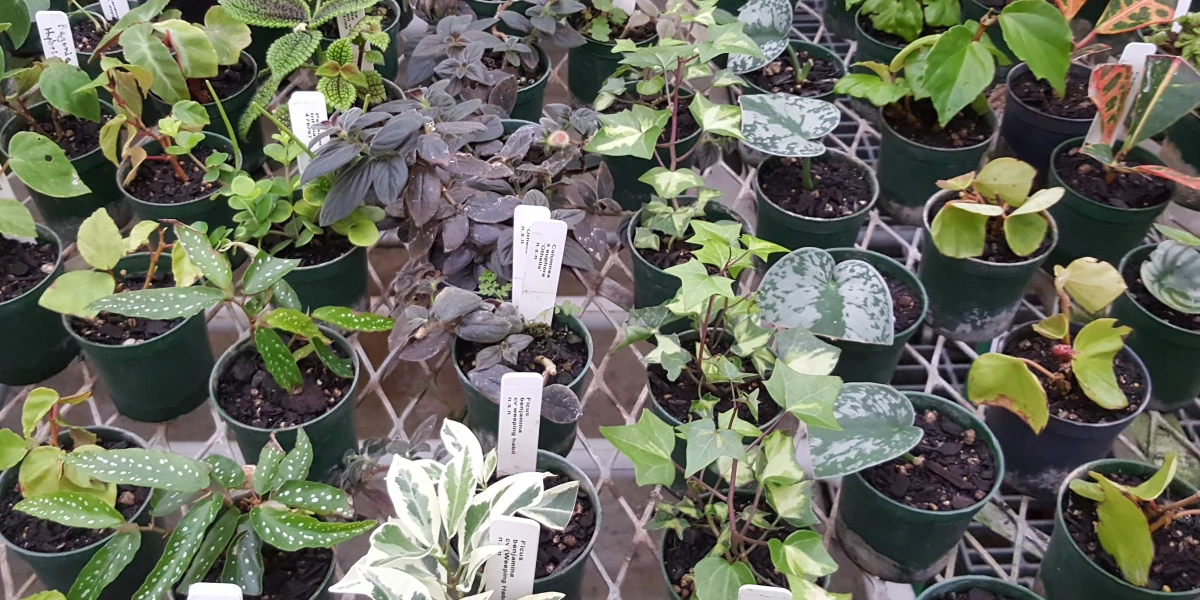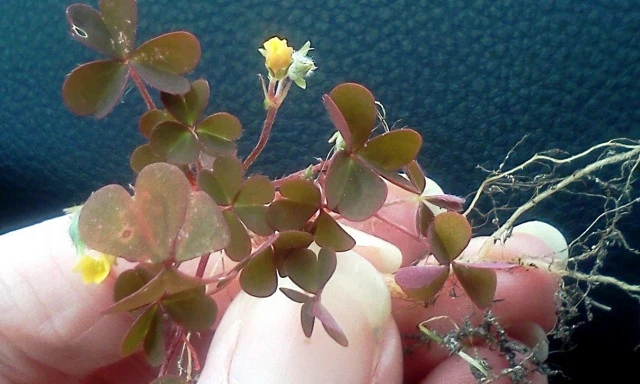Commonly Common Names Cause Confusion
Common names of organisms are often different from one country to another, from one area to another. Common names change over time as new people move to an area, or as old common names fall out of favour for one reason or another. They are often descriptive of the appearance, or habit of the organism or where it comes from or what it is used for. In consequence, the names given to many plants, animals, diseases and other biological organisms can cause confusion.
Common names can refer to more than one species and a species may have many common names given to it. A ‘good’ example is the grass species Cynodon dactylon; it has many common names - Bermuda grass, Dhoob, dūrvā grass, dubo, dog's tooth grass, Bahama grass, devil's grass, couch grass, arugampul, grama, wiregrass and scutch grass. In New Zealand, it tends to be called Indian doab.
Then there is, what in New Zealand is called, couch grass in the North Island and twitch grass in the South Island; Elitrigia repens. This grass is also called quick grass, quitch grass, dog grass, quackgrass, scutch grass, and witchgrass. And as you have already learned, Indian doab, Cynodon dactylon, is also called couch grass. You can begin to see how there can be confusion.
Scientific, Latin names are intended to solve this problem by being species-specific; every species should have a unique genus and species name combination name such as Elitrigia repens for couch/twitch. Unfortunately, there may also be several Latin names for the same species depending on who’s naming convention you use; the same species may have been described by different researchers and placed in a different genus and or given different species names. Our couch/twitch grass has been given four such Latin names; Elytrigia repens (L.) Desv. ex Nevski, Agropyron repens (L.) P.Beauv., Triticum repens L. and Elymus repens (L.) Gould.
It is not just grasses and plants where a species may have many names and a name may refer to many species. Names can be given to groups of animals that may or may not correspond to a taxonomic group.
The name "paper wasps" typically refers to members of the vespid subfamily Polistinae that make paper-like nests from chewed wood and saliva. The paper wasps include the Asian, Australian and European paper wasps found in New Zealand. However, the term often colloquially includes members of the subfamilies Vespinae (hornets and yellowjackets), which also make nests out of such paper. Yellowjackets are so named in North America and are known as the Common and German wasps in Europe and New Zealand.
Are you confused yet? As if those difficulties were not enough, when it comes to common names of diseases there is often further confusion from the fact that a disease organism can cause disease in different animals or plants and the disease is often given different names depending on the animal or plant it is infecting, or the part of the plant or animal it is infecting. An example is infections of Pythium species, which are parasitic oomycotes once thought of as fungi. Pythium species tend to be very generalistic and unspecific in the range of host plants they infect and cause disease. Pythium causes root rot when it infects plant roots, damping-off when infecting germinating seeds and greasy spot in lawn grasses.
So, we should take care when describing a weed, pest or disease to ensure that the meaning is clear and there is no confusion of what is being described.
David Brittain
Kiwicare


